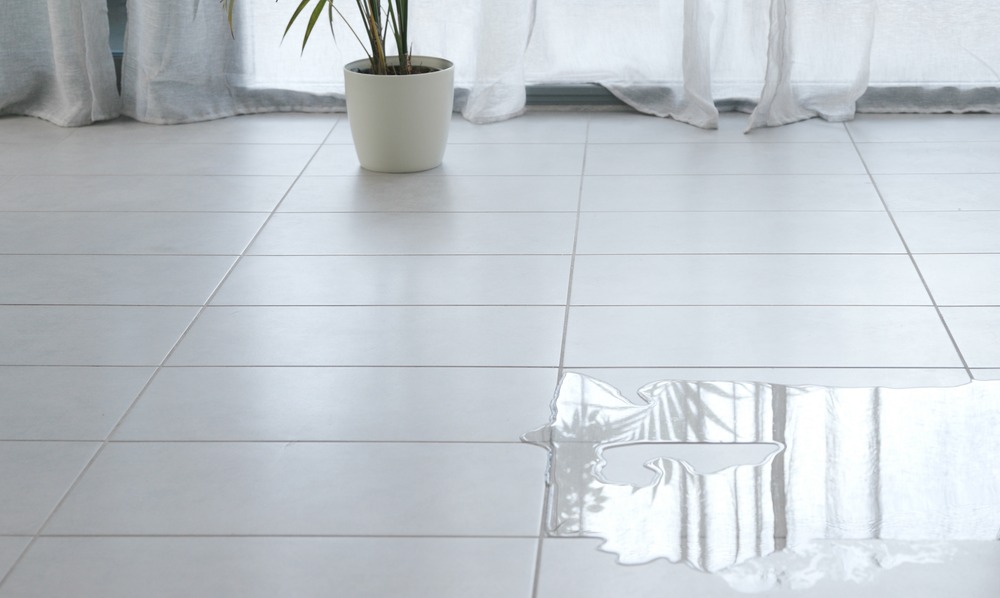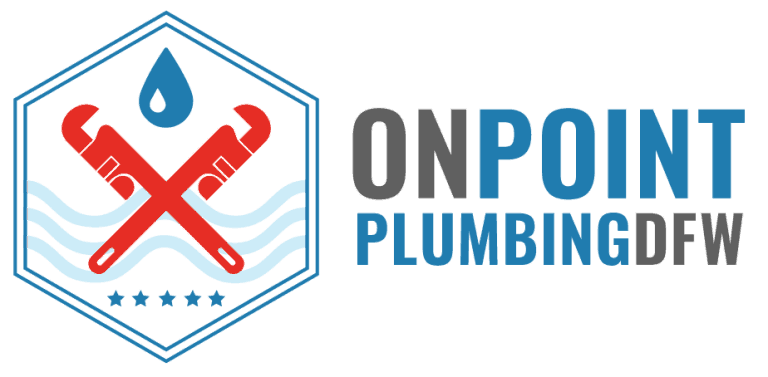
Slab leaks can be a homeowner’s worst nightmare. Slab leaks can not only interrupt your daily life but can cause extensive property damage as well. They occur when water pipes embedded within a foundation begin to leak, damaging its structural integrity and potentially leading to flooding of more extensive proportions within your home. If you’re concerned about a potential slab leak in your property, our leak detection services in Bedford, TX and surrounding areas can help you find the root of the leak and repair it.
This detailed guide will cover everything related to slab leak repair, from detection through repair and prevention measures.
What Are Slab Leaks?
Slab leaks, also called subfloor leaks, are any water that seeps out from beneath a house’s concrete foundation and into its subsoil. While they can be challenging to detect due to being hidden from view and left unaddressed. They can cause significant damage to both its foundation and structural integrity.
How Do I Know if I Have a Slab Leak?
Detecting a slab leak early is crucial to prevent extensive damage. Here are some signs that may indicate a slab leak:
Unexplained Water Bill Increase
If you experience a sudden and unexplained spike in your water bill, it could be a sign of a hidden leak beneath your slab.
Persistent Low Water Pressure
Reduced water pressure in your faucets or showers may indicate a slab leak, as the leaking water can’t reach its intended destination.
Damp or Warm Spots on Floors
Feeling warm or damp spots on your floor, especially if they appear in unlikely places, indicates that hot water pipes might leak under your foundation.
Cracks in Walls or Flooring
As the foundation settles due to water damage, it can conduct cracks in your walls or flooring. This is a serious red flag that should not be ignored.
Mold and Mildew Growth
Moisture from a slab leak can promote mold and mildew growth in your home, often with a musty odor.
Water Meter Movement
If all faucets are off and the water meter’s dial indicator or digital counter is still moving, it’s a potential sign of a plumbing leak.
Where Are the Water Pipes in a Slab House?
Understanding the location of water pipes in a slab house is crucial for detecting and repairing slab leaks.
Typical Water Pipe Placement
Water pipes are embedded within or below the concrete foundation in slab houses. They may run beneath the slab or through the slab. Hot water pipes are generally closer to the surface, while cold water pipes are deeper. This information is vital for pinpointing the source of a leak.
Foundation Water Leak Detection
Once you suspect a slab leak, confirming its presence before proceeding with repairs is essential. Foundation water leak detection methods are crucial for this.
Visual Inspection
Examine your floors for damp or warm spots. Pay attention to any visible cracks in the foundation. Inspect your walls for signs of moisture, mold, or mildew.
Acoustic Listening Devices
Plumbing professionals can use specialized listening devices to listen to the sound of water running underground. This can help them pinpoint the leak’s location.
Slab Leaks Repair
Once you’ve confirmed the presence of a slab leak, it’s crucial to address it promptly to prevent further damage. The repair process typically involves several key steps.
Accessing the Leak
To access the pipes, plumbers might cut through concrete, create tunnels, or use existing openings. Another method, especially favorable for one-story homes, is re-routing. Instead of repairing just a single leak, this approach identifies the defective line, abandons it, and establishes a new line that runs from its starting point to its endpoint, traversing walls and the attic. While this method is effective, it might necessitate cutting open the sheetrock wall in multiple locations. Its suitability depends on the architectural structure of the house and the assessment of its practicality by a professional plumber.
Identifying the Type of Leak
Plumbers discern whether the leak originates from a hot or cold water line. Depending on this determination, the approach to repair may differ. For instance, hot water leaks can sometimes be identified by unusually warm spots on the floor. Additionally, the material of the piping, its age, and the water quality can also influence the type of leak.
Repair or Replacement
Depending on the extent of the damage and the location of the leak, the plumber may opt for water line repair or replacement. Repairs often entail soldering or the application of epoxy coatings. In cases where repair isn’t feasible, plumbers might employ the re-routing method or opt for a complete pipe replacement, which could involve cutting through the floor. The chosen method will hinge on its practicality for the specific situation.
Pressure Testing
After the repair or replacement, the plumbing system will be pressurized again to ensure no further leaks. This step is critical, serving as a final validation that the system is secure and functioning optimally, safeguarding against potential future disruptions.
Restoration
Once the plumbing is fixed, the tunnel or access point will be closed, and the concrete will be restored. This typically involves pouring new concrete and ensuring it blends seamlessly with the existing foundation.
Preventing Slab Leaks
While understanding how to detect and repair slab leaks is essential, it’s equally important to know how to prevent them in the first place. Here are some preventive measures you can take:
Regular Inspections
Schedule regular plumbing inspections with our professional plumbers in Bedford, TX to catch potential issues early. A professional can identify and address any signs of wear and tear before they become major problems.
Maintain Consistent Water Pressure
Fluctuating water pressure can put stress on your pipes. Ensure your pressure regulator is working correctly to prevent excessive pressure.
Proper Installation
During construction or renovations, make sure that pipes are correctly installed and adequately insulated to prevent corrosion and damage.
Soft Water Treatment
If your water is hard and contains minerals that can corrode pipes, consider installing a water softener to reduce the risk of pipe damage.
Address Ground Shifting
If you live in an area with shifting soil or high seismic activity, consider addressing ground shifting and reinforcing your foundation to reduce the risk of slab leaks.
Wrapping Up: Slab Leak Repair Essentials
Slab leaks can be a homeowner’s nightmare, causing both structural damage and extensive water damage to your property. Detecting these leaks early and taking swift action for repairs is crucial to prevent further harm. Additionally, following preventative measures can help you avoid slab leaks in the first place, saving you time, money, and stress in the long run. If you suspect a slab leak or want to prevent one, it’s always a good idea to contact a professional plumber to ensure your home’s safety and integrity.
Ready to tackle that slab leak or need professional assistance? Visit On Point Plumbing DFW today for expert slab leak repairs in Bedford, TX and surrounding areas. Don’t wait until it’s too late – safeguard your home and peace of mind with their reliable services.
